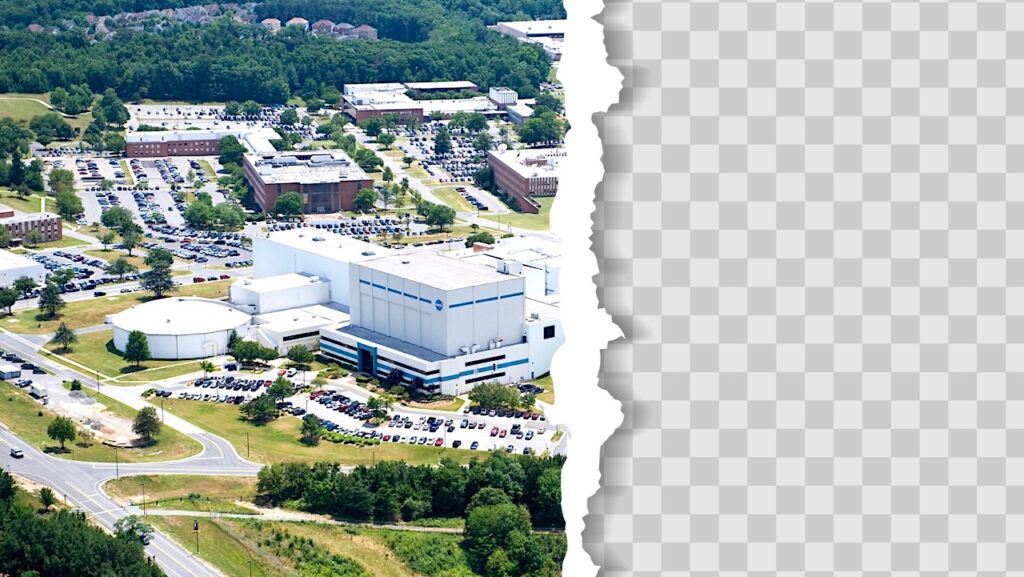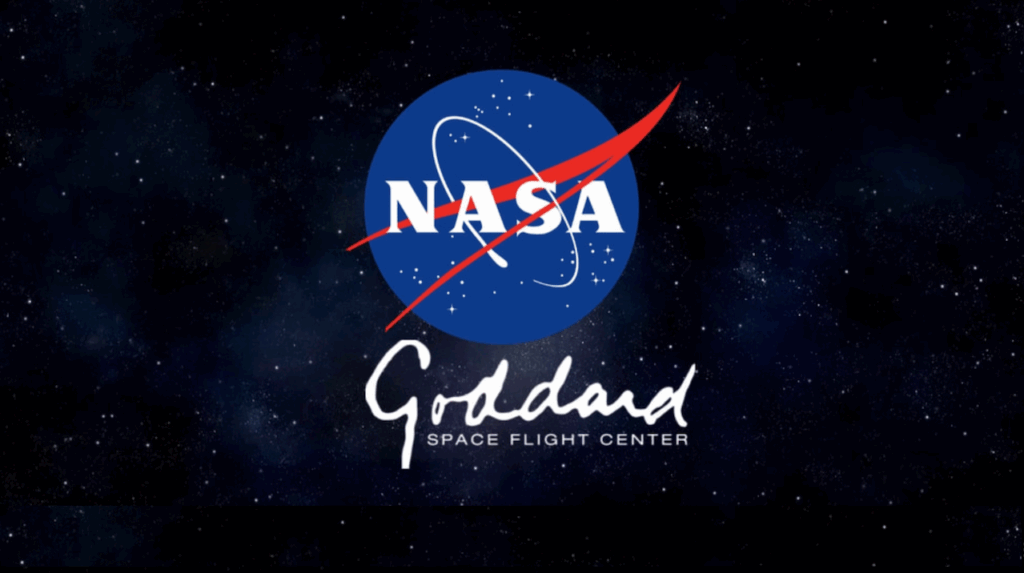House Members Push For Strong NASA Science Budget

Keith’s note: A press release from Representatives Chu, Bacon et al urges “Strong Final FY26 Appropriations for Space Science and Exploration.” Full text and letter below.
Today, Reps. Judy Chu (CA-28) and Don Bacon (NE-02) led a group of bipartisan colleagues in sending a letter to House and Senate Appropriations Committee leaders urging them to protect federal funding for space science and exploration in the forthcoming final Fiscal Year 2026 (FY26) Commerce, Justice, Science, and Related Agencies (CJS) funding bill.
We write to thank your Committees for their continued bipartisan commitment to advancing American leadership in space science and exploration. The uncertainty surrounding the future of our national science programs […] has now given way to renewed congressional support that ensures America continues to reach higher, explore further, and achieve more, the Members write. Now, it is on Congress to finish the job.
Specifically, the Members urge Appropriators to enact compromise language in the final FY26 funding bill that both: 1.) provides the Senate CJS bills proposed flat funding levels for NASAs Science Mission Directorate (SMD), NASAs Office of STEM Engagement, and the National Science Foundation (NSF); and 2.) includes the language from the House CJS bill that ensures that not less than the appropriated amount is spent on NASA SMDs five science divisions: Planetary Science, Astrophysics, Earth Science, Heliophysics, and Biological & Physical Sciences.
The letter details the strong returns on federal investment in space science and explorationfrom spurring whole new industries, to uncovering technological and medical breakthroughs, to protecting communications and defense infrastructure, to supporting more than 300,000 high-skill jobs and driving over $75 billion in economic activity each year, to building the pipeline of talent that will ensure America remains the world leader in aerospace, advanced technology, and scientific research.
Congress has already acted in a bipartisan way to advance appropriations bills that sustain investments in scientific preeminence. The path forward is clear: enact the Senates proposed funding levels for NASA SMD, the NASA Office of STEM Engagement, and NSF, and pair it with the House CJS bills requirement that no less than enacted levels are directed to each science division. Doing so will protect ongoing research, secure Americas economic and national security interests, and guarantee that the benefits of science continue to flow to every community in the United States, concluded the lawmakers.
Full letter
November 24, 2025
Dear Chairmen Collins, Moran, Cole and Rogers and Ranking Members Murray, Van Hollen, DeLauro and Meng,
We write to thank your Committees for their continued bipartisan commitment to advancing American leadership in space science and exploration. The uncertainty surrounding the future of our national science programs dedicated to advancing the frontiers of knowledge, discovery, and innovation has now given way to renewed congressional support that ensures America continues to reach higher, explore further, and achieve more. Now, it is on Congress to finish the job.
In the full-year Fiscal Year 2026 appropriations that you will soon be considering, we, the undersigned, urge you to enact compromise language that funds NASA’s Science Mission Directorate (SMD) and Office of STEM Engagement, along with the National Science Foundation (NSF), at the levels proposed by the Senate Commerce, Justice, Science, and Related Agencies (CJS) Appropriations bill. This functional, flat budget should also be paired with the language in the House CJS Appropriations bill that ensures that “not less than” the appropriated amount is spent on NASA SMD’s five science divisions: Planetary Science, Astrophysics, Earth Science, Heliophysics, and Biological & Physical Sciences. These funding levels will reaffirm America’s leadership in science, secure our economic future, and inspire generations to come.
For more than six decades, Congress has recognized that investments in fundamental science are down payments on the technologies, businesses, and common knowledge of the future. The returns are evident across our nation: never-before-accomplished technical feats give rise to whole new industries, research on the International Space Station leads to medical breakthroughs, and discoveries about other worlds fuel the imaginations of tomorrow’s explorers. Every dollar invested in NASA and NSF produces direct economic benefits, yielding a return three times greater than the taxpayer’s contribution. These are among the most cost- effective federal investments we can make, supporting more than 300,000 high-skill jobs and driving over $75 billion in economic activity each year.
Yet the benefits of science cannot be measured only in dollars. They are reflected in the security of our constituents and infrastructure, protected by satellites that track storms, monitor wildfires, and warn of solar activity that could disrupt communications and defense systems. They are reflected in the resilience of our communities, equipped with data that guide water management, urban planning, and disaster recovery. And they are reflected in the competitiveness of our economy, where federally funded research provides the foundation for innovation that private enterprise alone cannot support.
These investments also shape America’s future workforce. NASA’s Research & Analysis programs, Space Grants and STEM engagement programs, and NSF’s competitive research programs provide students in every state with opportunities to learn and make discoveries. These programs connect classrooms to cutting-edge science and research, building a pipeline of talent that sustains our space workforce and ensures that America remains the world’s leader in aerospace, advanced technology, and scientific research. Every fellowship, grant, and outreach initiative is an investment in American leadership in the 21st Century.
Congress has already acted in a bipartisan way to advance appropriations bills that sustain investments in scientific preeminence. The path forward is clear: enact the Senate’s proposed funding levels for NASA SMD, the NASA Office of STEM Engagement, and NSF, and pair it with the House CJS bill’s requirement that no less than enacted levels are directed to each science division. Doing so will protect ongoing research, secure America’s economic and national security interests, and guarantee that the benefits of science continue to flow to every community in the United States.
We thank you for your leadership and for your commitment to maintaining America’s role as the global leader in discovery and innovation. We stand ready to work with you to ensure that these investments continue to deliver for taxpayers, strengthen our nation, and inspire generations to come.
Sincerely,









Leave a Reply
You must be logged in to post a comment.